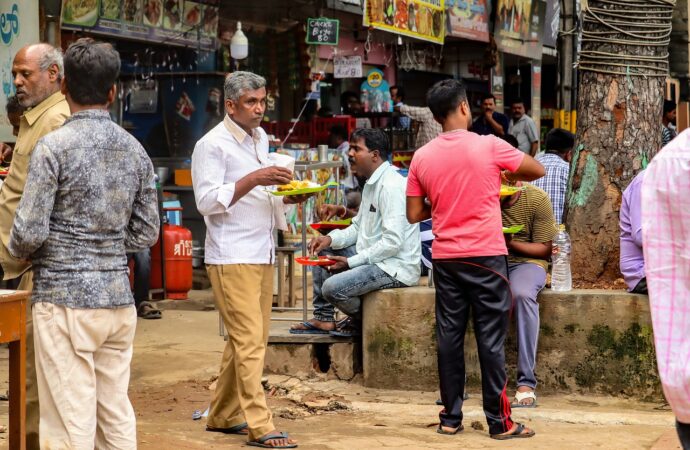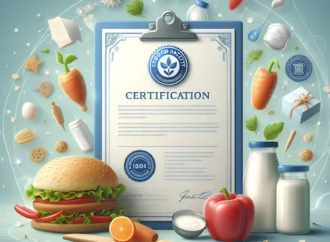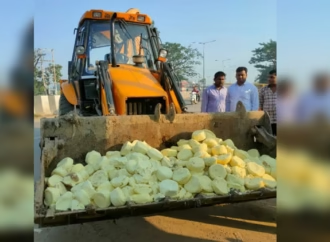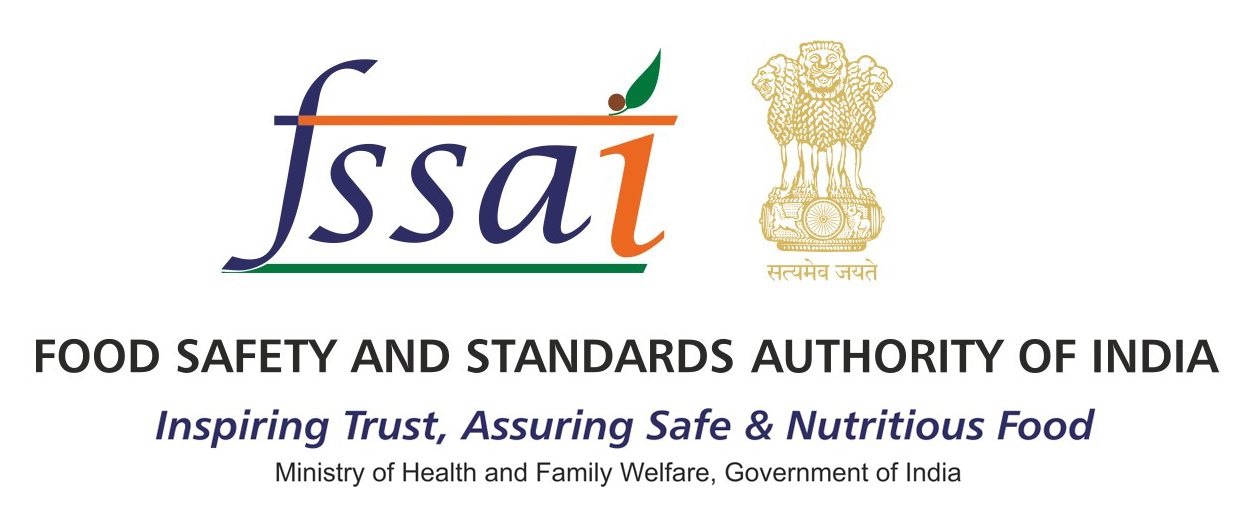India with its rich culinary heritage and diverse food production, India faces significant challenges in ensuring food safety. Several factors contribute to the struggle, from contaminated water and soil to inadequate infrastructure. In this article, we delve into the key issues and explore potential solutions.
1. Lack of Infrastructure and Resources
India’s vast population and complex food supply chain strain existing infrastructure. Inadequate testing facilities, limited resources, and fragmented regulatory bodies hinder effective monitoring and enforcement. To address this, investment in modern laboratories, training programs, and streamlined coordination among agencies is essential.
2. Contaminated Water and Soil
Pesticides, heavy metals, and other contaminants in water and soil directly impact crop quality and safety. India’s unsafe irrigation practices and reliance on polluted water sources exacerbate the problem. Implementing sustainable water management practices and promoting organic farming can mitigate risks.
3. Pesticide Residues
Widespread pesticide use leaves residues on fruits, vegetables, and grains. Monitoring and controlling pesticide levels are critical to prevent health risks. Integrated pest management, crop rotation, and organic farming can reduce reliance on chemical pesticides.
4. Foodborne Pathogens
Bacterial, viral, and fungal pathogens cause foodborne illnesses. Poor hygiene during production, storage, and distribution increases contamination risks. Strict adherence to hygiene protocols, regular inspections, and training for food handlers are necessary.
5. Lack of Awareness and Education
Both consumers and food handlers need better awareness of safe food practices. Educational campaigns on proper storage, handling, and hygiene can empower individuals to make informed choices.
6. Supply Chain Challenges
India’s food supply chain involves multiple intermediaries, making traceability difficult. Collaborative efforts among farmers, distributors, and retailers are crucial. Blockchain technology can enhance transparency and traceability.
7. Regulatory Gaps and Enforcement
Existing regulations require strengthening and consistent enforcement. Regular inspections, violation penalties, and transparent reporting mechanisms can bolster food safety.
8. Urbanization and Changing Diets
Urbanization and shifts in dietary preferences lead to increased demand for processed and packaged foods. Ensuring the safety of these products requires rigorous quality control and adherence to standards.
9. Climate Change Impact
Climate change affects crop patterns, water availability, and pest dynamics. Adaptation strategies must consider food safety implications. Resilient farming practices and climate-smart agriculture are essential.
10. Consumer Trust and Confidence
Restoring consumer trust in food safety systems is paramount. Transparent labelling, certification programs, and public awareness campaigns can build confidence.
In conclusion, India must address these challenges holistically. By investing in infrastructure, promoting sustainable practices, and fostering awareness, India can enhance food safety and protect public health.
 Food Manifest
Food Manifest 


















